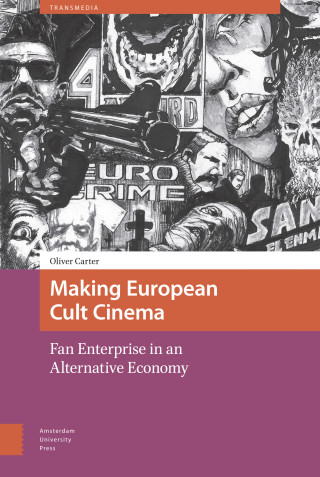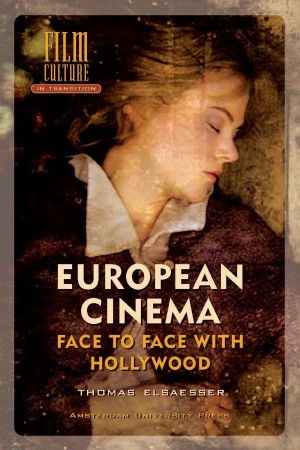Onder invloed van de rivaliteit met Hollywood en de val van de muur in 1989 vond er in de jaren '90 in veel West-Europese landen een levendig debat plaats over de toekomst van de nationale filmtradities. Van het bestaan van zich onderscheidende 'nationale' stijlen, zoals bijvoorbeeld neo-realisme, zou niet langer kunnen worden uitgegaan. Film zou een benepen kunstvorm geworden zijn, die redding zoekt in het bewaren van de 'nationale' erfenis of hoopt op artistieke vernieuwing van televisie en door de overheid gesubsidieerde prestigeprojecten.
In European Cinema blikt Thomas Elsaesser terug op het debat en geeft een genuanceerder beeld van verschillende factoren die sinds de jaren zestig een rol speelden. Er is o.m. aandacht voor de raakvlakken met de ‘world cinema’ en de opkomst van de Aziatische film, de invloed van het internationale film festival circuit, de rol van televisie en de veranderende esthetiek in auteur-cinema. Nieuwe toeschouwers hebben andere voorkeuren, en nieuwe technologieën bieden de mogelijkheid om bestaande identiteiten te hervormen, maar de Europese cinema heeft nog steeds een belangrijke functie in het vaststellen van kritische en creatieve agenda’s, ook al is haar economische en institutionele basis in beweging.

